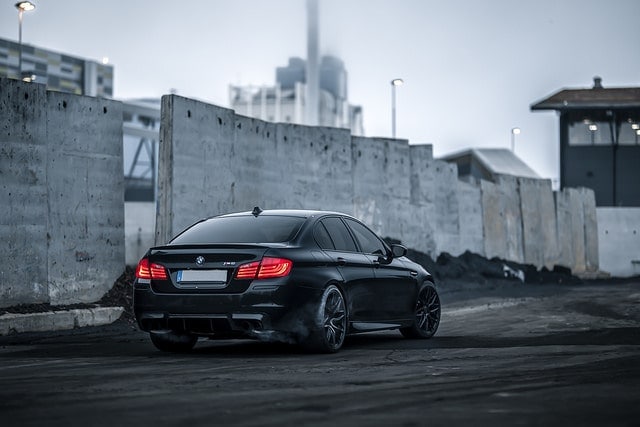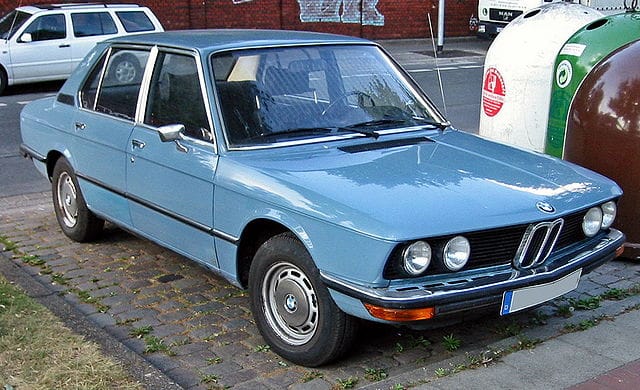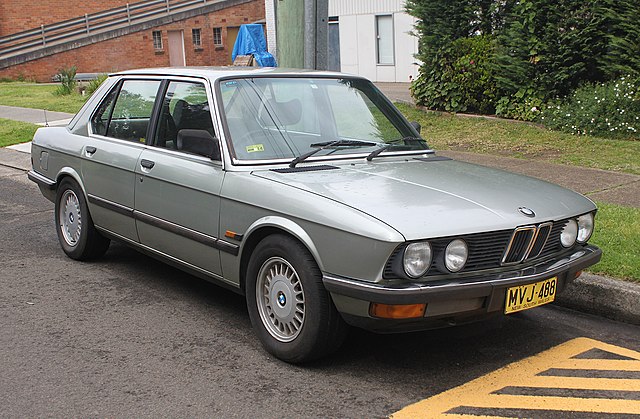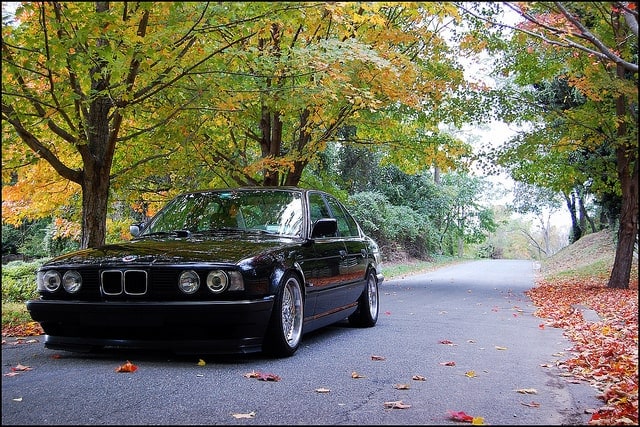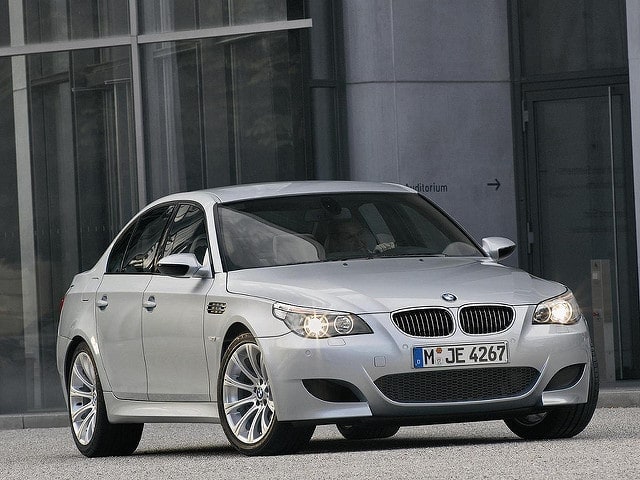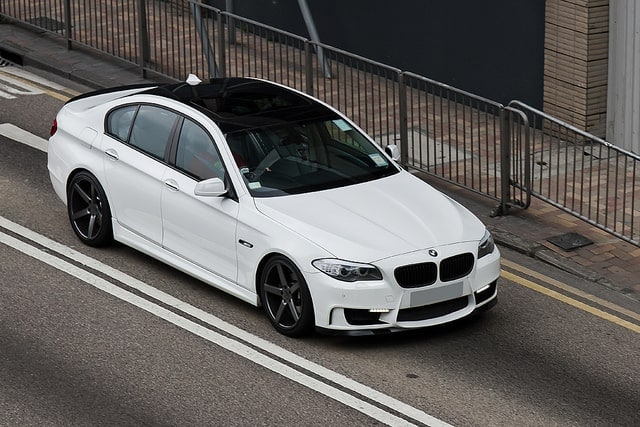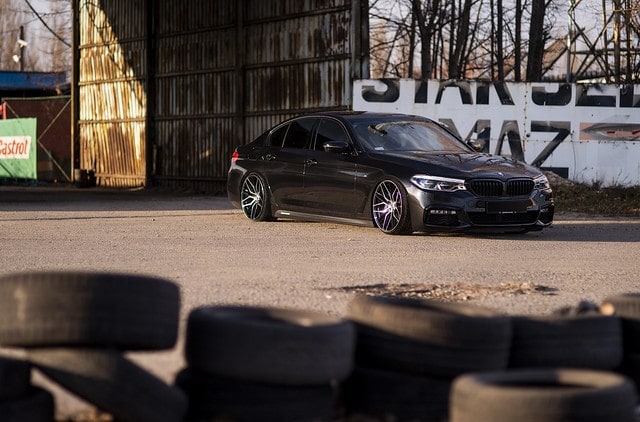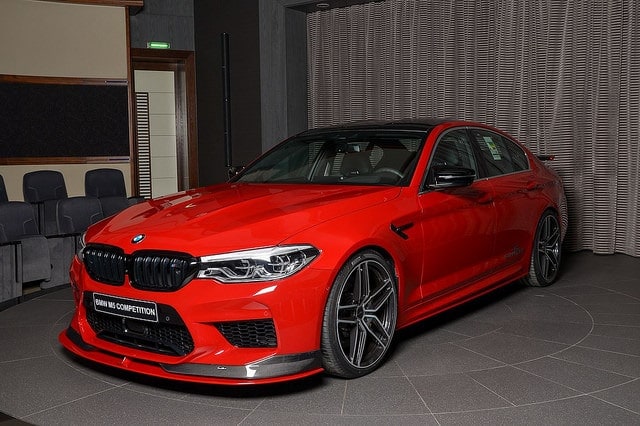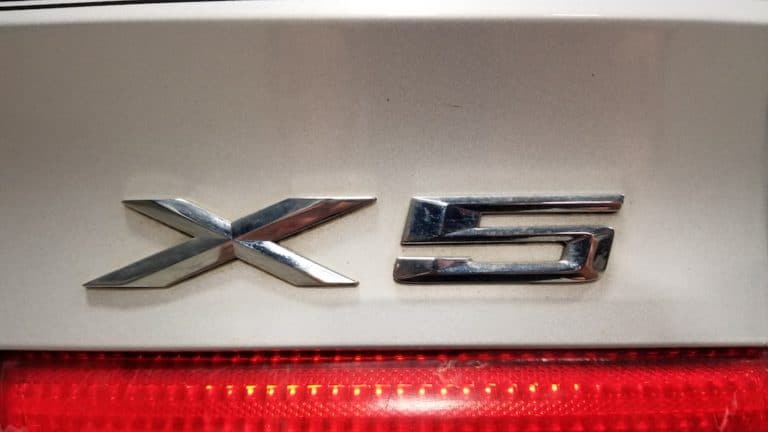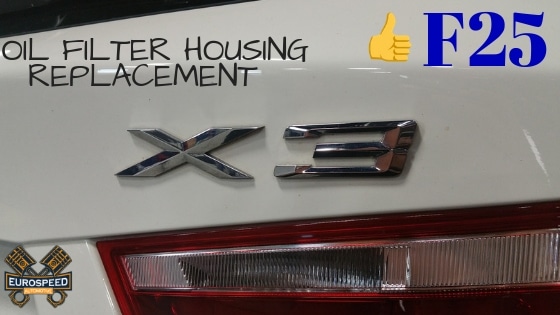Jump Ahead To:
BMW 5 SERIES HISTORY AND LINEUP.
We all have come to love the BMW 5 series one way or another. even as myself as not ever had owned one, I can honestly say that I enjoy seeing older bmw’s zip by me as I’m driving along the road.
For me personally, my favorite 5 series would have to be the classic E34 M5 for many reasons but mainly because the car is just timeless any way you look at it.
If you have an older 5 series and come to love your vehicle then you know exactly where I am coming from when I say these are awesome cars. let’s go over some fun facts as we go down the list of all the 5 series ever built.
First-generation(E12) 1972-1981.
This model is the factory E12 and it was from this vehicle that the tradition began to assign three-digit numbers to the model identification, in which the first digit indicated the series number and the other two was the engine displacement.
The first digit denotes the series (“third”, “fifth”, “seventh”, etc.), and the other two – with some exceptions – the volume of the motor.
Thus, the body of the E12 marked the beginning of the “series” of BMW and the fifth series in particular, and this way of designating the models has been going on for many years now and probably isn’t going anywhere in the future.
The car was equipped with in-line four-cylinder and six-cylinder engines of 1.8, 2.0, 2.5 and 2.8 (90–184 hp.)
The most powerful were the versions prepared by BMW Motorsport GmbH with 3.0,3.3 and 3.5 engines were able to run in between 180–218 horsepower.
A total of 699 thousand such machines were made.
Second-generation(E28) 1981-1988.
The second generation of the 5 series, which has evolved stylistically from the E12.
In this model, the typical features of its predecessor were preserved, but aerodynamically optimized.
Namely, the front optics and taillights were changed, the radiator grille, the bumper was surrounded by thick rubber and became more rectangular, and the body shape became more boxed than rounded, especially in the back of the car.
The base model and the most economical version of the entire series, in my opinion, was released in 1981 – the 518 version with a 1.8-liter 4-cylinder engine.
A fuel injected BMW 520i with a 6-cylinder engine was proposed the same year, as well as 525i with a 6-cylinder engine and then BMW released a total number of 82,374 units, the second most popular after the 520 model.
In 1983, for the German market, the 2.7-liter model 525e was introduced. Its fuel consumption was 9% lower compared to the BMW 520i.
In the same year, the diesel model was first introduced – 524td, which has high performance and low fuel consumption.
In 1984 535i makes its debut, and a year later the E28 model range is replenished with another powerful version – the M535i with a modified sporty body design thanks to the BMW M Technic program.
The latest model of the BMW E28 was another diesel modification – 524d, which was less powerful and economical than the previous version of “td”.
Third-generation(E34) 1987-1996
The third generation of the 5 series was officially introduced on January 1988 and was once considered one of the most elegant and reliable luxury cars.
This series has become very progressive and has brought the company a significant increase in reputation.
The new sedan had excellent aerodynamics, was awarded the best in its class in terms of reliability and safety, as its package included airbags, ABS system, and automatic stability control (ASC) or (ASC + T).
As a result, the E34 received great success in the market and a total of 1,331,056 units were produced.
The construction of E34 started in February 1988 and lasted until 1995, after which it was replaced by the E39th body.
The first available models were the six-cylinder twelve-valve 520i and 525i with the M20 engine (the most popular models in the E34 body), and the more powerful 530i and 535i equipped with the BMW M30 engine.
E34 body became the first in the 5 series, which was equipped with all-wheel drive, and is available only for 525ix in two bodies- sedan and station wagon.
In the next generation, this feature was not offered and was introduced only in the fifth generation – E60.
Fourth-generation(E39) 1995-2003.
In the second half of 1995, a new generation of the 5th series was introduced – the E39, designed to take over the baton of the very popular E34.
In 2003, this body was replaced by the E60. BMW E39, in contrast to the E34 in terms of body, had an even greater success from a commercial point of view.
The bodywork of the E39 has gained softer lines that give it uniqueness, sportiness, and elegance.
Personally, I have never owned an E39 but if I had the chance to I would definitely own one in the future just to add to the collection. still to this date, I would love to own an E39 M5 to whip around town for the weekends.
Also due to the extensive use of aluminum alloy, weight was maintained with a slightly increased body size.
At the time of launch, the model range was available only in the sedan with 6- and 8-cylinder petrol and diesel engines: 520i with a 150-horsepower engine, 528i, 540i, and 525tds.
Fifth-generation(E60/E61) 2003-2010.
The fifth generation of the five series received completely different reviews for its unconventional design. Despite criticism for its exterior and interior appearance since 2005, the five series was the sales leader in its segment.
The E60, unlike its predecessor, has made a significant step forward in technology and has been equipped with a variety of safety features.
Thanks to the iDrive system, the driver has the ability to control all aspects of the car, starting from the suspension and ending with the temperature in the cabin.
The all-wheel-drive system, which was first used on the E34 in 1996, became newly available in the fifth generation.
This system is used in conjunction with the X series crossovers, and the models that were equipped with all-wheel drive were marked with “xi/xd” instead of “i / d”, but since2009 the designation “xi/xd” has been changed to – xDrive.
Sixth-generation(F10) 2010-2017.
The sixth generation of the five series debuted on November 23, 2009, as a model for 2010, first as the F10 sedan, and eventually as the F11 wagon and Gran Turismo F07 style hatchback.
The recent F10 chassis for me has been a great vehicle not only to drive but to own and fun to work on yourself. with a lot more space in the engine compartment removing and replacing parts is a breeze.
For the Chinese market, a special version with an extended wheelbase was released – F18.
The new car has gotten softer lines in comparison with the predecessor E60 and is technically more improved. The hybrid version 5 of the Active Hybrid 5 series appeared to the public in 2011.
Seventh-generation(G30, G31, G38) 2017-Present.
The all-new BMW five series has a chassis designation number of G30 and from conception has been newly redesigned to appeal to its luxury crowd.
It was officially announced in October of 2016 and sales began in February of 2017. the body styles available are the sedan, 5 door wagon, and the long wheelbase sedan.
The 5 series GT model that was introduced as the F07 chassis has been discontinued and no longer will be available in the series. the GT configuration has been moved to the 6 series line up.
BMW claims that the new G30 is similar to the chassis of the 7 series G11 and will also be extending its domain into the hybrid world by designating the 530e to be the hybrid of its class.
Instead of BMW designing and making a new model for the M5 badge, they just simply used the F90 M5 vehicle as the G30 main chassis for the 5 series line up and M vehicles which makes sense if you ask me. for final spec on the car check out the article on wiki.
And that’s it. my quick overview of the history of the BMW 5 series.
If you enjoy this type of content please share on your social media platforms and forums. any type of exposure to my content will be greatly appreciated. I enjoy teaching and helping others with their problems related to German cars.
If you haven’t yet please subscribe to my newsletter here to stay up to date on a weekly post on subjects like diagnosing, repair, industry news and much much more.
Thank you for reading and happy motoring!

